As a young mom and graduate student, this shopper, now in her mid-thirties, used Double Up Food Bucks during her last year in school—stretching her food dollars at the farmers markets for fresh, nutritious produce for her family. Today, she’s a social worker in the area and a Double Up volunteer who refers others with food needs to the program.
I HAD LIVED OVERSEAS for many years and came back to my hometown area of Washtenaw County, Michigan, to pursue a graduate degree. I was just so thankful to end up here, where my mom was, so she could watch my son, who was two at the time.
My first year in the graduate program, I ended up on WIC. I was able to work part-time, for about 10 to 15 hours a week. But I couldn’t go to school and work fulltime, so I turned in an application for SNAP my second year of school. I received the most benefit from the SNAP program at the farmers markets. It not only gave us a chance to get more, healthier fruits and vegetables with Double Up Food Bucks, but it also gave us a chance to get out into the community.
Before I knew about Double Up, I didn’t shop at farmers markets much. I was a little bit intimidated at first, because you could either pay with cash or with tokens, which usually means that you are on some form of assistance. But there was a sense of friendliness. All the vendors were very welcoming and didn’t make me feel uncomfortable.
Going to the farmers market became such a wonderful routine for our family. Every Saturday morning, we jumped in the car, drove to a market, and purchased our items. The memories that I have from those Saturday mornings are really beautiful because I was able to get that food with my son and teach him how the process works and have him do a lot of the interacting with vendors. His social skills were growing, and it was just so cute, being able to look at our coins and figure out how it works.
During that first year of grad school, there was a lot of ramen, macaroni, whatever we could afford. Double Up definitely upped our awareness of the importance of eating fruits and vegetables. One thing we started doing was going online and looking up recipes. Some weeks we would get corn; the next week it would be green beans. We would talk about what a meal would look like with this one item and come up with a plan.
To this day, my son’s not a picky eater. I think that’s partly due to Double Up because he was introduced to and able to experiment with different fruits and vegetables from a young age. So as much as it was a nutrition program for us, Double Up was also a learning program for me to be able to teach my son, “Hey, this is the stuff that’s going to help you stay healthier, help you feel better throughout the day.” You can eat processed foods, and they’re good at the time, and they taste great at the time, but they don’t last very long. So that’s one thing that we realized: If we’re eating more whole foods, we can go longer in a day, and have more energy, and we don’t have to keep going back to the cupboard or getting snacks.
Double Up benefited all of us. I felt like I had more energy to play with my son. When you’re in grad school, you feel tired, but I was able to prepare meals and teach about doing so with fresh foods. I had the energy to take my son for a walk in the evenings in our community. We were able to have more of a holistic lifestyle, in every respect, because we had the energy, because we were eating healthier foods.
I volunteer with Double Up Food Bucks now. I saw it benefit our family, and I wanted to communicate that information to other people. With Double Up, you’re not just helping individuals who need assistance and additional foods, you’re also helping a whole community of farmers, who need encouragement to do what they’re doing, and they make money off of this, too. That’s good. Out of all the programs I worked with in the last couple of years, having been on assistance myself, Double Up Food Bucks is the program that really benefited me in a positive way.
This story is excerpted from Fair Food Network’s Voices of Double Up in America storytelling series. Dig deeper here (link https://fairfoodnetwork.org/projects/double-up-food-bucks/)
Related Content:



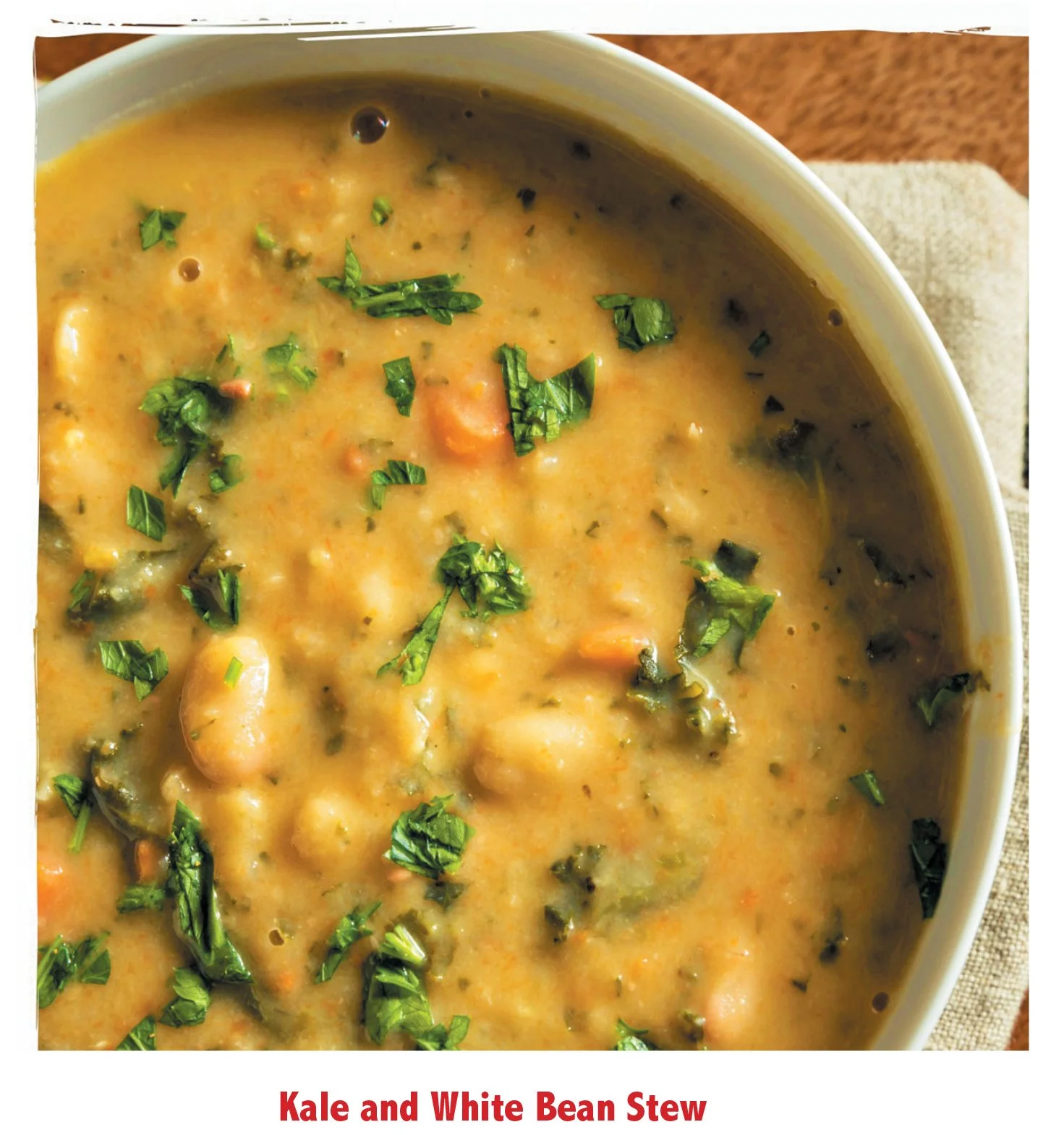
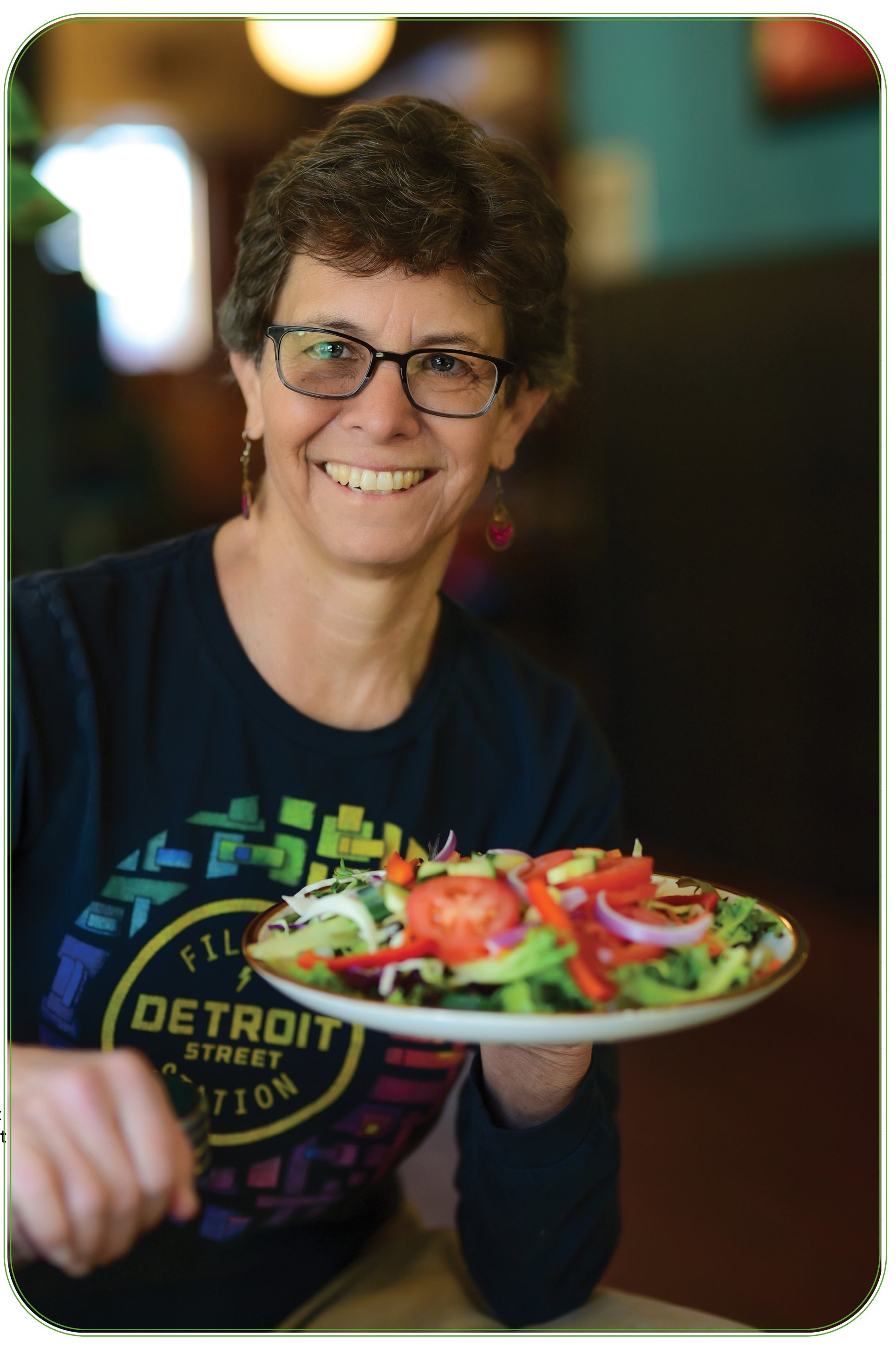
















































































































































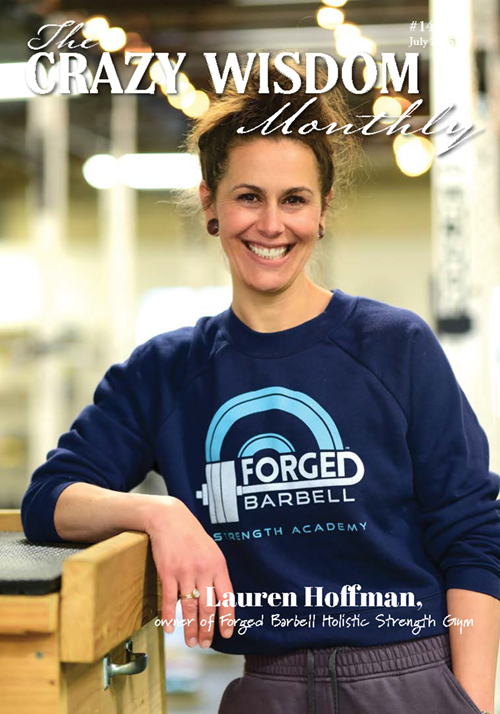
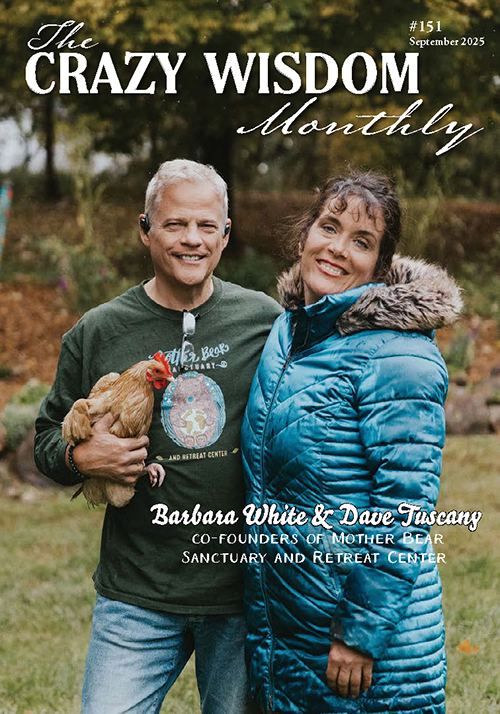
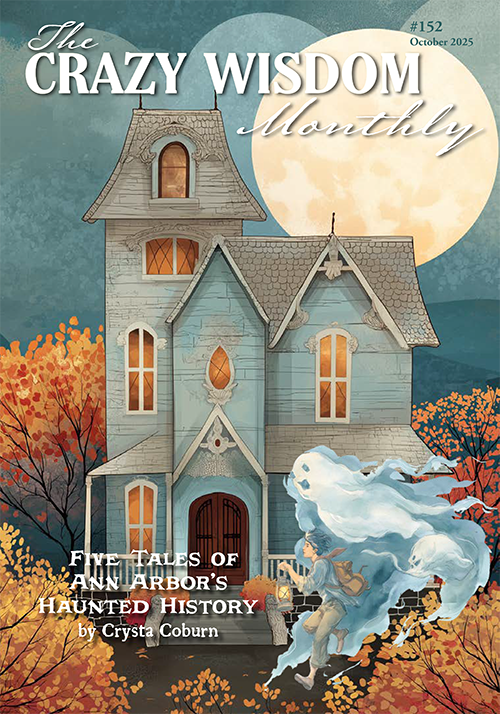











































Michigan’s Cottage Food Law allows small businesses to make and sell homemade foods from their home kitchens without cumbersome and expensive commercial licensing or inspections. Goodies like breads, jams, cookies, candies, granola, and more can be sold directly to consumers at farmers’ markets, roadside stands, and fairs. It can be a wonderful way to connect with the community.